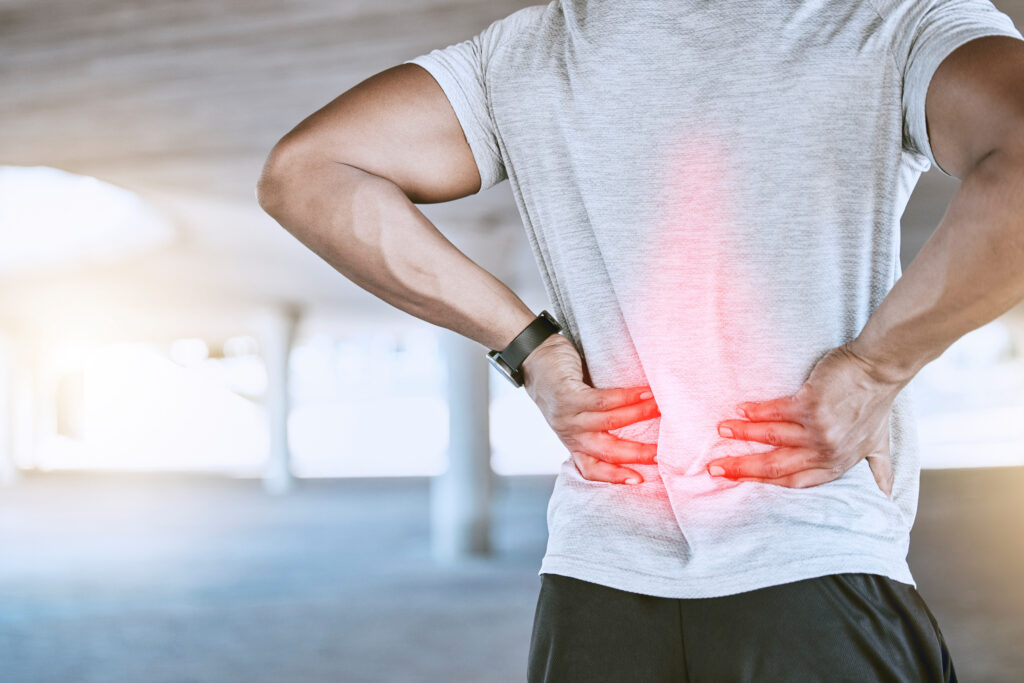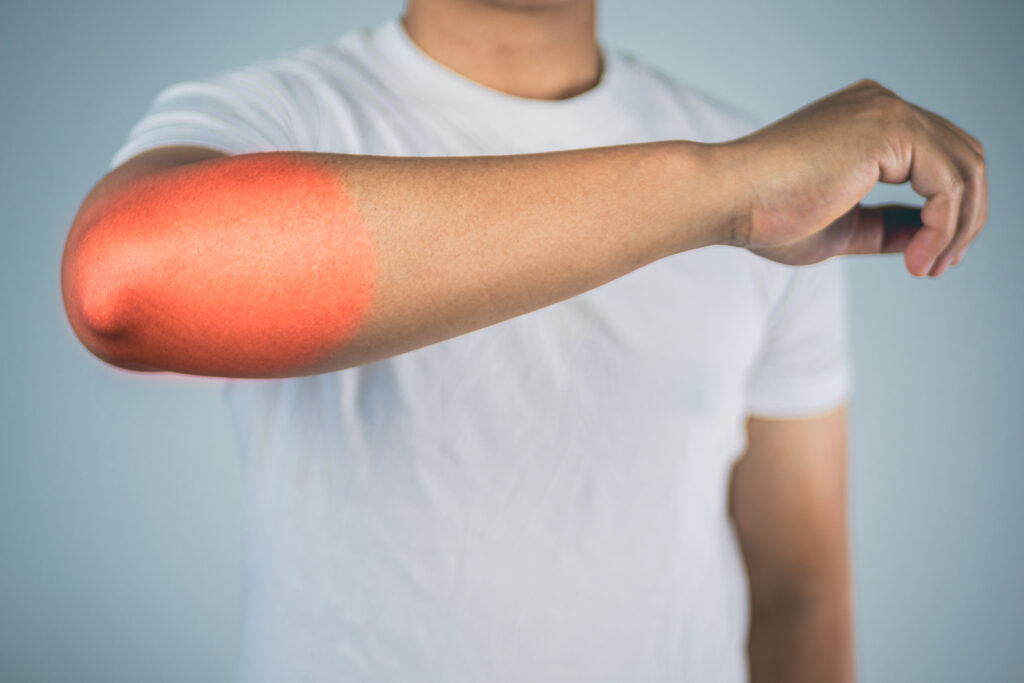When you think about senior mobility, it's easy to overlook the simple adjustments that can make a significant difference. Modifying a home environment with features like grab bars and non-slip flooring can greatly enhance safety, but it's not just about physical changes. Consider how regular activity and proper nutrition play essential roles in maintaining independence. As you explore these aspects, you'll find that the conversation about mobility extends far beyond what meets the eye, revealing deeper insights into fostering a supportive environment. What might be the next step in this journey?
Understanding Mobility Challenges
Many seniors face significant mobility challenges that can impact their daily lives. As you age, you might notice changes in your strength, balance, and coordination. These changes can make everyday tasks, like walking or climbing stairs, feel intimidating. Conditions such as arthritis, osteoporosis, and neurological disorders like Parkinson's disease can also exacerbate these issues, leading to limited mobility and increased risk of falls.
Understanding these challenges is vital for you or your loved ones. You might find that fatigue sets in more quickly, making you less likely to engage in activities you once loved. You may also feel anxious about getting around, which can lead to social isolation. It's important to recognize that these mobility challenges don't define your abilities or your independence.
Adapting to these changes often requires a proactive mindset. You can explore different exercises that improve flexibility, strength, and balance, like tai chi or gentle yoga. Staying active not only helps maintain mobility but also boosts your mood and overall well-being.
Additionally, staying connected with healthcare professionals can provide you with tailored strategies to manage your mobility challenges. They can recommend therapies or assistive devices that suit your needs, ensuring that you maintain a level of independence.
Home Safety Modifications
When it comes to enhancing safety at home, you'll want to focus on a few key modifications.
Installing grab bars in strategic locations, choosing non-slip flooring, and keeping pathways clear can make a big difference in preventing falls.
Let's explore how these changes can help you or your loved ones move around more safely and confidently.
Essential Grab Bar Placement
Proper grab bar placement is essential for enhancing safety and mobility in your home.
These simple modifications can provide vital support in key areas, reducing the risk of falls.
Here are four important locations where you should consider installing grab bars:
- Bathroom: Place grab bars near the toilet and inside the shower or bathtub. This helps with stability while sitting or standing.
- Stairways: Install grab bars on both sides of staircases. This provides support for ascending and descending, especially if stairs are steep.
- Hallways: Consider adding grab bars in long hallways where balance might be an issue. This can help prevent falls during daily activities.
- Bedrooms: Install grab bars near the bed to assist with getting in and out. This is especially helpful for those who may have difficulty with mobility at night.
Non-Slip Flooring Options
After confirming grab bars are strategically placed, another important aspect of home safety is selecting non-slip flooring options. Choosing the right flooring can greatly reduce the risk of slips and falls, which is vital for seniors.
Consider materials like textured vinyl, rubber, or cork. These surfaces offer excellent traction and are often softer underfoot, providing a cushion that can help prevent injuries.
If you're leaning towards tiles, opt for those with a high slip-resistance rating. Porcelain tiles with a matte finish can be a great choice, as they combine durability with safety.
When installing new flooring, think about adding area rugs or mats with non-slip backing in key areas, like the kitchen or bathroom. Just make sure they're securely placed to avoid any tripping hazards.
Avoid shiny surfaces, as they can become slippery when wet.
Finally, if you're sticking with existing flooring, consider applying anti-slip coatings to enhance traction. Regular maintenance is also essential—keep floors clean and dry to guarantee they remain safe.
Clear Pathway Organization
Creating clear pathways in your home is vital for guaranteeing safety and mobility for seniors. Cluttered spaces can lead to trips and falls, so it's important to keep areas tidy and accessible.
Here are four key strategies to organize pathways effectively:
- Remove Obstacles: Get rid of unnecessary furniture or items that may block walkways. This includes potted plants, decorative items, and even small furniture pieces.
- Use Proper Lighting: Make sure all pathways are well-lit. Consider adding motion-sensor lights or night lights in hallways and staircases to improve visibility.
- Secure Rugs and Cords: If you have rugs, use non-slip backing or remove them altogether. Ensure electrical cords are tucked away and not stretching across walkways.
- Designate Clear Routes: Identify and maintain specific pathways for seniors to navigate easily. Use contrasting colors for walls and floors to enhance visibility for those with visual impairments.
Assistive Devices and Technology
When it comes to enhancing mobility, assistive devices and technology play an essential role.
You'll find a variety of options, from canes and walkers to the latest smart mobility aids that can transform how seniors move.
Understanding these tools and their benefits can empower you or your loved ones to maintain independence and safety.
Types of Assistive Devices
Many seniors benefit from a variety of assistive devices designed to enhance their mobility and independence.
These devices can help you navigate your environment more safely and confidently. Here are four common types of assistive devices you might find useful:
- Walkers: These provide stability and support as you move around. They can help prevent falls and allow you to carry items with ease.
- Canes: A cane can improve your balance and reduce the strain on your legs. They come in various styles, so you can choose one that fits your needs and personality.
- Wheelchairs: For those who struggle with walking long distances, a wheelchair offers an efficient way to get around. You can opt for manual or electric models, depending on your mobility level.
- Scooters: Mobility scooters are great for outdoor use, allowing you to explore your neighborhood or run errands without tiring yourself out.
Technological Innovations Overview
As technology continues to advance, assistive devices for seniors are evolving to offer even greater support and independence. You'll find various innovative solutions designed to enhance mobility and safety, making everyday tasks easier.
For instance, smart walkers now come equipped with sensors that detect obstacles, providing alerts to help you navigate your environment safely. These devices not only support your weight but also guide you through challenging spaces.
Another exciting innovation is the development of app-connected mobility aids. These devices can track your daily activity levels and send you reminders to stay active. Imagine having a cane or walker that syncs with your smartphone, offering real-time feedback on your progress and mobility patterns.
Moreover, powered scooters and wheelchairs are becoming more advanced, featuring lightweight materials and better battery life, allowing you to travel longer distances with ease. Some models even come with built-in navigation systems, making it easier to explore your surroundings confidently.
These technological innovations are game-changers, ensuring that you stay connected, mobile, and independent. Embracing these advancements can greatly improve your quality of life, allowing you to continue enjoying activities you love.
Benefits of Mobility Aids
Mobility aids greatly enhance your quality of life by promoting independence and safety.
These devices allow you to navigate your environment with confidence, reducing the risk of falls and injuries.
Here are some key benefits of using mobility aids:
- Increased Independence: You can perform daily activities without relying on others, fostering a sense of autonomy.
- Improved Safety: Mobility aids, like walkers and canes, provide stability and support, minimizing the chances of accidents at home or outdoors.
- Enhanced Comfort: Devices such as scooters or wheelchairs reduce strain on your body, making it easier for you to move around without discomfort.
- Social Engagement: With improved mobility, you're more likely to participate in social activities, helping combat feelings of isolation.
Encouraging Physical Activity
Physical activity is essential for seniors, enhancing both physical and mental well-being. Engaging in regular exercise can improve strength, flexibility, balance, and coordination, making daily activities easier and safer. When you stay active, you're not just maintaining your mobility; you're also boosting your mood and reducing the risk of depression.
To encourage physical activity, start by setting attainable goals. You don't need to run a marathon; even a daily walk around the block can make a huge difference. Consider joining a local exercise group or class specifically designed for seniors. These programs provide a supportive environment and can motivate you to stay consistent.
Incorporate activities you enjoy. Whether it's dancing, gardening, or swimming, finding joy in your exercises makes it easier to stick with them. Don't hesitate to mix things up; variety can keep your routine fresh and exciting. Try adding light resistance training using bands or small weights to build strength.
Listen to your body. If you feel any pain or discomfort, adjust your activities accordingly. It's important to consult with a healthcare provider before starting any new exercise program, especially if you have existing health concerns.
Lastly, enlist a buddy or family member to join you. Exercising together not only provides accountability but also makes it more enjoyable.
Nutrition and Hydration Tips
Proper nutrition and hydration play an essential role in guaranteeing seniors maintain their mobility and overall health. As you age, your body's nutritional needs change, and staying hydrated becomes vital. Here are some tips to help you optimize your nutrition and hydration:
- Balance Your Diet: Focus on a variety of foods, including fruits, vegetables, whole grains, lean proteins, and healthy fats. This variety guarantees you get essential vitamins and minerals.
- Stay Hydrated: Aim for at least 8 cups of water daily, but listen to your body. If you feel thirsty, don't wait! Keep a water bottle nearby to encourage regular sipping.
- Monitor Sodium Intake: Too much sodium can lead to high blood pressure, affecting your overall health. Opt for fresh ingredients and limit processed foods, which often contain high sodium levels.
- Consider Meal Timing: Eating smaller, more frequent meals can help maintain energy levels and prevent digestive issues. This approach can also keep your blood sugar stable, supporting your mobility.
Support Systems and Resources
As you navigate the challenges of aging, having a strong support system can make a significant difference in maintaining your independence and mobility. Surrounding yourself with family, friends, and community resources can provide the encouragement and assistance you need.
It's essential to communicate your needs openly with loved ones, so they understand how best to support you.
Consider joining local senior groups or clubs where you can meet others facing similar challenges. These connections can foster new friendships and create a sense of belonging.
Many communities offer transportation services specifically designed for seniors, making it easier for you to get to appointments or social events without relying solely on others.
Don't forget about technology! There are numerous apps and online platforms that can connect you with resources, from fitness classes to mobility aids. Utilizing these tools can empower you to take charge of your health and mobility.
Additionally, look into local health services or mobility specialists. They can provide personalized advice on exercises and techniques to improve your strength and balance.
If you find that daily tasks are becoming difficult, home health aides can provide assistance tailored to your needs.
Conclusion
By making simple adjustments at home and embracing assistive devices, you can greatly enhance your mobility and safety. Regular physical activity, a balanced diet, and a supportive network are key to maintaining independence and confidence. Remember, it's all about creating an environment where you feel secure and empowered. With these proactive steps, you can navigate your surroundings with ease and enjoy a more active lifestyle. Take charge of your well-being and make these changes today!



